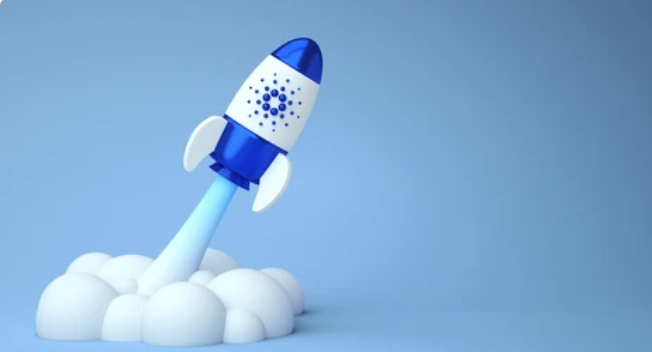Cardano (ADA): Myths vs. Market Realities
Introduction
While the cryptocurrency market is known for both growth and instability, Cardano has been a topic of particular interest due to its controversial staking model and unique blockchain development. This article aims to dispel some of the common misconceptions surrounding Cardano’s staking process.
Cardano Staking Controversy: Fact vs. Fiction
A recent podcast featuring crypto commentators CTO Larsson, MartyParty, Mando, and InvestAnswers sparked debate over Cardano’s staking model. MartyParty claimed Cardano’s staking was illiquid, restricting ADA holders from moving or selling their coins, which allegedly boosted Cardano’s market cap unfairly.
Charles Hoskinson Responds to Claims
Charles Hoskinson, the founder of Cardano, quickly dismissed these claims, calling them “lies and misinformation.” He emphasized that Cardano’s staking model keeps ADA liquid, allowing traders to move, sell, or use their tokens without restriction. This unique model is designed to give users maximum control while contributing to network security.
Community Support and Reality of Cardano Staking
The Cardano community swiftly came to the platform’s defense, confirming that ADA holders could freely move their staked coins. Currently, over 22.59 billion ADA, worth around $8 billion, are staked across various pools, representing more than 60% of Cardano’s market value. This shows the high level of trust users place in the network’s staking model and long-term potential.
Key Developments in the Cardano Ecosystem
Chang’s Hard Fork and the Voltaire Era
Cardano recently implemented the Chang hard fork, moving the network into the Voltaire era of decentralized governance. This upgrade allows ADA holders to propose and vote on changes to the network, driving the platform towards full decentralization.
The Hydra Project: Solving Scalability
Cardano’s Hydra project aims to increase the network’s scalability by processing multiple transactions simultaneously through “heads,” or sidechains, that run parallel to the main blockchain. This could significantly reduce transaction fees and times, positioning Cardano as a more scalable blockchain solution.
Security Commitment
Security is a top priority for Cardano, highlighted by Charles Hoskinson’s $1 million bug bounty challenge to hack the new Lace Paper Wallet. This initiative emphasizes Cardano’s commitment to creating a secure and user-friendly platform.
Cardano’s Unique Position in the Blockchain World
Despite comparisons to Ethereum (ETH), Cardano’s community asserts that the platform is distinct in its adoption of the Proof-of-Stake consensus mechanism, which is less energy-intensive than Ethereum’s former Proof-of-Work model. Additionally, Cardano’s development is driven by rigorous academic research and peer-reviewed protocols, setting it apart from other blockchain projects.
Cheap Remote Crypto Mining for you – Click Here
Cardano’s Technical Analysis and Market Outlook
Technically, ADA has faced challenges but shows signs of a potential recovery. ADA is trading above $0.350, and some analysts predict it could reach $0.4075 in the short term. However, if bears take over, the price could drop to as low as $0.2410.
Combating Misinformation in the Crypto Space
Cardano (ADA) continues to face challenges in dispelling rumors about its staking model while navigating a volatile market. However, the project remains focused on strengthening its technological foundation and promoting decentralized governance.
Conclusion: Cardano’s Future in a Changing Crypto Landscape
Despite market turbulence, Cardano’s commitment to scalability, security, and decentralization makes it a strong contender in the blockchain space. As the platform continues to develop and counter misinformation, it will play a crucial role in shaping the future of decentralized finance.


